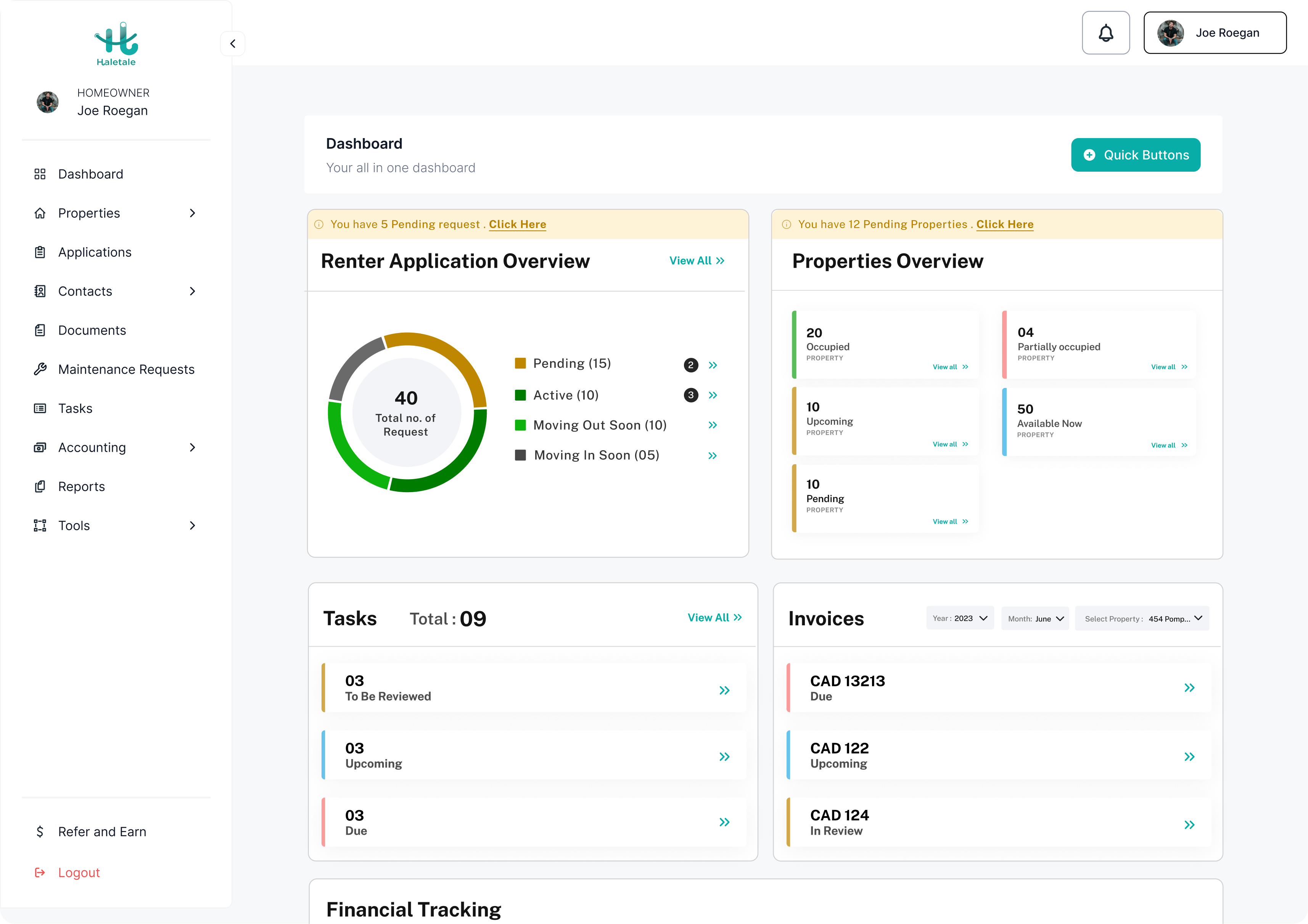-
Demographic Focus on Remote Workers and Freelancers:
Jobs are increasingly looking for remote workers and freelancers especially post-covid era. With this increasing demands, rises the need for co-living and co-working spaces. Keeping this in mind, you can setup spaces and tailor management practices to accommodate their unique needs.
-
Importance of Digital Connectivity:
With the rise of remote workers and freelancers, having good and high-speed internet connection in working spaces is important. Keeping this in mind while setting up co-living spaces will help attract right tenants for your space who are living the digital nomad lifestyle.
-
Remote Work Etiquette Guidelines:
While setting up the space, it is important to include common etiquette guidelines like any other workplace. This can be simple things like to put on your headphones while attending meetings, not play loud music and other things that might affect the productivity of other people in the co-living space. This will help to ensure everybody’s needs are met and avoid conflicts in the space.
-
Digital Conflict Resolution:
Conflicts will arise now and then. You can ensure mediation through digital platforms. This might provide a convenient and efficient way to address disputes.
-
AI-Driven Predictive Maintenance:
You can find an AI platform for almost anything these days. Look up AI-driven solutions for predictive maintenance and smart home technologies to enhance resource management. This can prevent issues before they arise and ensure your property upkeep is thorough at all times.
-
Virtual Community Engagement:
Think about ways you can promote interactions and a sense of community among tenants. Setting up virtual community engagement options can allow remote participants to stay connected and involved in community activities.
-
Skill Sharing and Virtual Events Platform:
Introduce a digital platform for residents to share skills or host virtual events. This can foster a sense of community, collaboration and harmony.
-
AI-Based Tenant Screening:
Implement AI-based screening tools to analyze tenant compatibility more effectively. This can ensure a harmonious living environment with like-minded people living together and will result in lesser conlicts. Virtual tours and digital introductions can also be part of the screening process to help potential tenants get acquainted with the community and each other.
-
Structured Digital Feedback System:
Provide your tenants with a platform to give their feedback like a maintenance management software. This allows for real-time responses and efficient issue tracking, ensuring tenant concerns are addressed promptly. This in turn improves tenant retention and tenant satisfaction.
-
IoT Devices for Property Monitoring:
Introduce IoT devices for real-time monitoring of property conditions. This enables quicker responses to maintenance issues and enhancing overall property management.
-
Data Analytics for Tenant Behavior:
Incorporate data analytics to better understand tenant behavior and preferences. Use predictive trends to adjust management strategies and amenities. This is a good way to keep up with growing needs of tenants and changing demands of property management industry.
-
Software Updates for Legal and Environmental Compliance:
Keep yourself updated on new rules and regulations involving housing laws and environmental sustainability practice. Send documents highlighting these things to everybody involved so that everyone is on the right page. Look for a property management software with features that automate compliance with local housing laws. This can streamline operations and ensure adherence to regulations.
By embracing these updates and integrating advanced technologies, co-living spaces can provide a more efficient, connected, and satisfying living experience for all residents and you.
Tenant Management in a Co-Living House: A Comprehensive Guide
1. Understanding Co-Living
2. Establish Clear Guidelines
- House Rules: Create a list of house rules that everyone must adhere to. This might include noise levels, guest policies, and cleanliness standards.
- Shared Responsibilities: Clearly outline chores and tasks and how they’ll be divided among tenants.
- Conflict Resolution: Design a process to handle disputes to prevent disagreements from escalating.
3. Use Technology
- Facilitate rent collection.
- Handle maintenance requests.
- Schedule shared space usage, such as communal kitchens or entertainment rooms.
- Offer community boards for communication among residents.
4. Foster Community Engagement
- Skill-sharing workshops: Perhaps a resident knows yoga and another is a whiz in the kitchen. Organize sessions where they can share their expertise.
- Community meals: Organize potlucks or shared dinners.
- Feedback sessions: Regularly gather feedback to understand what’s working and what needs tweaking.
5. Screen Tenants Thoroughly
- Check references.
- Conduct interviews to gauge compatibility.
- Clearly communicate the ethos and expectations of the co-living space.
6. Address Issues Promptly
- Maintain open lines of communication.
- Encourage tenants to voice concerns.
- Regularly check in with tenants about their experience.
7. Maintain the Property
- Schedule regular maintenance checks.
- Ensure shared spaces remain clean and functional.
- Address repair needs promptly to show residents that their comfort is a priority.
8. Update and Adapt
- Regularly reassess your management strategies.
- Stay updated with trends in the co-living industry.
- Adjust pricing, amenities, or house rules based on feedback and market demands.
Smarter Property Management
Find the best Rental Property Management Software in Canada. Transform your Rental property into a cash-generating asset with our user-friendly property management software solution.













